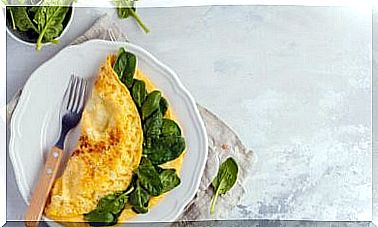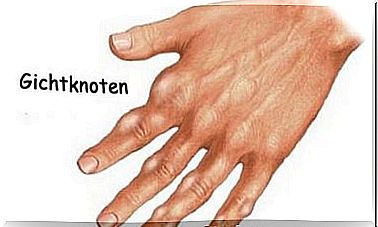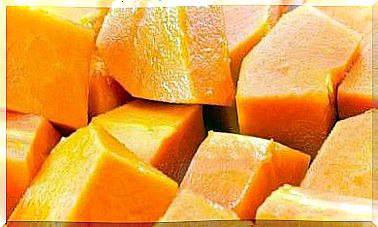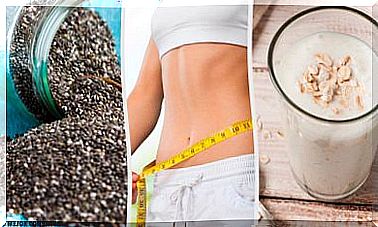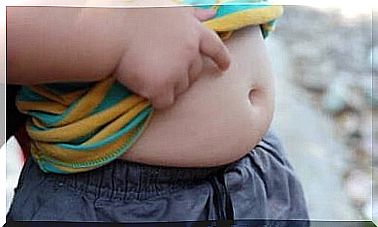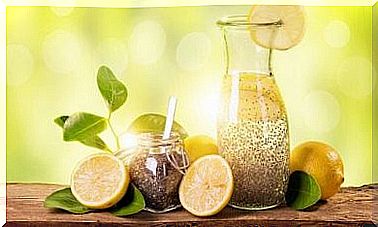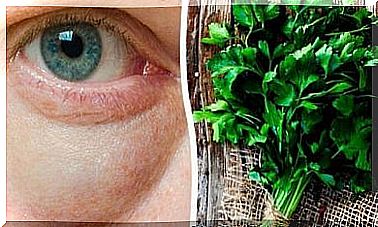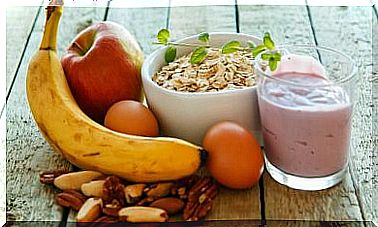Stevia – Sweetener For Diabetics
Stevia, as it is sold in grocery stores, is a chemical additive that is extracted from the stevia plant, because it is not yet sold as food.
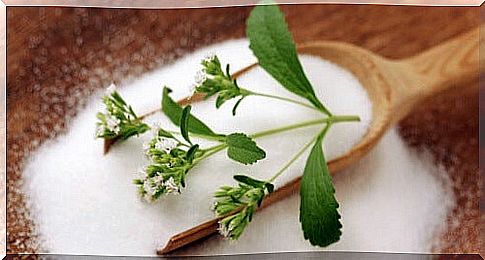
Stevia Rebaudiana Bertoni is a perennial plant native to Paraguay and Brazil that tastes sweet. The people of these countries use stevia to sweeten tea or to treat various ailments.
This plant first came to Western Europe in the 16th century during the Spanish colonization of America. The settlers were amazed and reported that the indigenous people of Paraguay used stevia as a sweetener and medicine.
But it was not until the 19th century that interest in this plant increased in Europe and Brazil. In 1899 the biologist Moises Bertoni wrote a first report on it.
In 1900 the chemist Ovidio Rebaudi wrote a report on the chemical composition of stevia. There he explains that this plant is 300 to 400 times more sweet than sugar, but does not cause any harmful or undesirable effects in the body.
Promising, but with difficulties
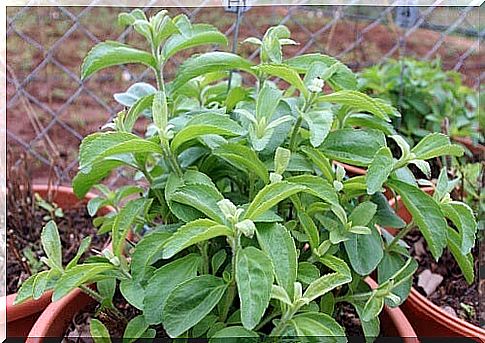
The trade in stevia is not easy, which is surprising when you consider that this plant is not only characterized by its great sweetness, but is also a healthy alternative to sucrose or other synthetic sweeteners.
It is also known for various medicinal properties that are worrying the pharmaceutical industry as the medicinal plant could replace certain drugs.
This could be one reason why the free trade in stevia worries not only large food companies but also pharmaceutical companies. Many proponents of this medicinal plant attribute the restricted sale to a boycott.
On the one hand, this involves people who do not believe in the health-promoting properties, but also those who know them but do not want others to know about them.
The fact is that there are still some legal hurdles to be overcome in the European Union, as various active ingredients contained in this plant have pharmacological properties that are also said to have antihypertensive effects, for example.
In addition, this plant is suspected of causing infertility if taken continuously. Apparently, the Guaraní are said to have already used this plant as a contraceptive. But even here there is not only black and white, the approval and commercialization of this plant is primarily a conflict of interests.
Even if current European legislation does not allow the sale of stevia as a food, it can be bought as an ornamental plant.
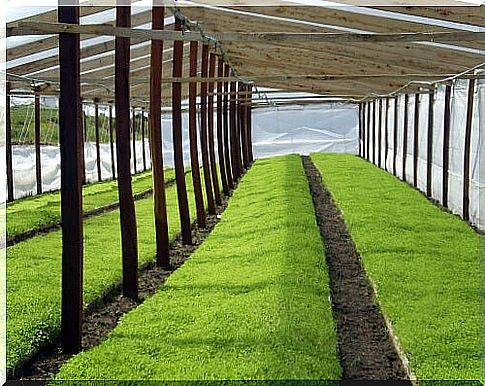
A treasure or a health hazard?
The indigenous people of Paraguay, the Guaraní, know stevia under the name “kaa hee” (sweet herb). They use this plant to sweeten the mate tea. Stevia is also used as a healing tea for obesity, high blood pressure, heartburn, increased uric acid levels or to strengthen the heart.
This plant contains proteins, fiber, iron, phosphorus, calcium, potassium, zinc and vitamins A and C. In addition, it does not provide any calories or saturated fats, sugar, cholesterol or carbohydrates.
It is not only very interesting for all those with a sweet tooth, but also helps diabetics, as it can be used to produce foods or beverages that are normally taboo in the case of this disease or obesity, such as sweetened soft drinks.
Stevia is also said to help regulate insulin levels naturally. Transgenic insulin or other treatments would become superfluous if this property were scientifically proven.
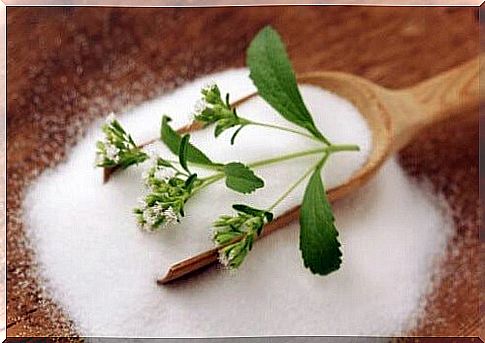
However, due to the pharmacological properties of this plant and its antihypertensive properties, it is not recommended for some ailments.
According to European guidelines, this plant would have to be subject to a doctor’s prescription.
Therefore, one should regulate the consumption of stevia by law. However, there are numerous foods that we consume every day and are counterproductive in the case of arterial hypotension (too low blood pressure), for example, but are still not prohibited.
Since stevia is imported, this plant is subject to strict controls. Therefore, the future likely depends on people who are not very interested in stevia spreading further.
So it seems like various stevia treatment options are being blocked because the side effects mentioned could be controlled if use is regulated accordingly.
But with the boycott of the stevia plant that has been going on for years, things don’t seem right for me. Legislation does not allow stevia as a cure or food, which is amazing and leaves many questions as to why.
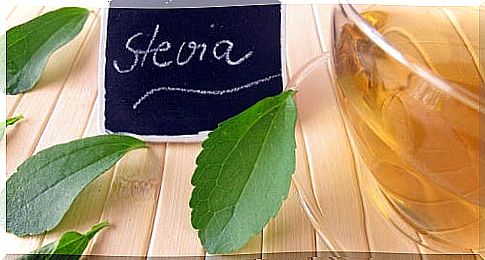
Stevia as a food – very controversial
Even if the governments of different countries (and continents) as well as the World Health Organization (WHO) and the Food and Agriculture Organization of the United Nations (FAO) speak out against the free trade in stevia through the expert committee JECFA , additives made with stevia are on the list non-genotoxic food additives.
The maximum consumption is 4 mg / kg body weight daily. This maximum amount has been set very carefully so that no one takes more than recommended. In some American countries there are no restrictions on stevia.
Here the use of the stevia plant, which has caused a sensation in recent years due to its properties, is used by the current winners of the polemics: Various food companies extract steviol glycoside (Rebaudiosido A or E-960), a chemical active ingredient legally for human consumption is permitted.
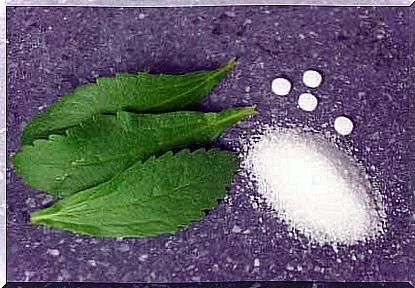
For the opponents of the stevia extract, it is very clear why only one chemical component is permitted as food: The pharmaceutical companies can continue to benefit from transgenic insulin and other drugs.
The suspicion of the interests of the large food and pharmaceutical companies is obvious. However, it is unclear whether the corporations are blocking consumption of the plant as they fear financial loss.
Anyone who buys stevia in the grocery store receives only one extract of this plant. It is not about the actual plant, but only a specific chemical substance. In conjunction with other ingredients, the mixture is called stevia.
The food additive E-960 has been examined and has passed various, far-reaching food controls, which is why the recommended daily dose was also specified here.
It can be concluded from this that we are also being duped when it comes to the designation of the products sold, because “natural” products sell far better strategically. We think that we are buying a healthy plant – because that is what advertising and packaging promise – but in reality it is only a chemical substance that is also present in the stevia plant.
The name should be E-960, not stevia. So it is purely a marketing measure to sell the product better.
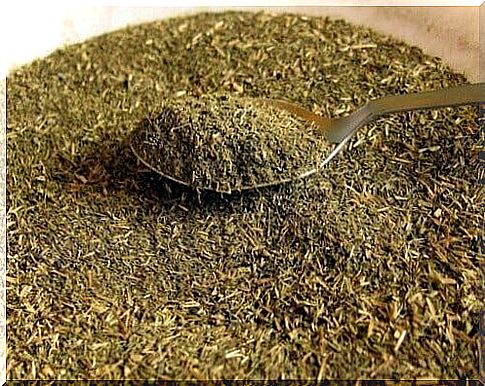
What conclusions can we draw from this?
Is Stevia Good Or Bad For Health? There is still no definitive answer to this question, at least it is contradictory. The responsible organisms speak out neither for nor against, so a judgment is difficult.
There are numerous global organizations, government agencies, etc., which disseminate conflicting information. The end user does not know what to adhere to and who is really right, which products really give a guarantee and which or why they are not approved.
This creates distrust and suspicion, because the regulations differ from country to country, it almost seems as if the product has different effects in different countries, which is of course nonsense.
So everyone has to decide for themselves, carefully analyze the ingredients of each agent and inform themselves immediately. All that glitters is not gold, this saying also applies, or especially, to stevia products.
